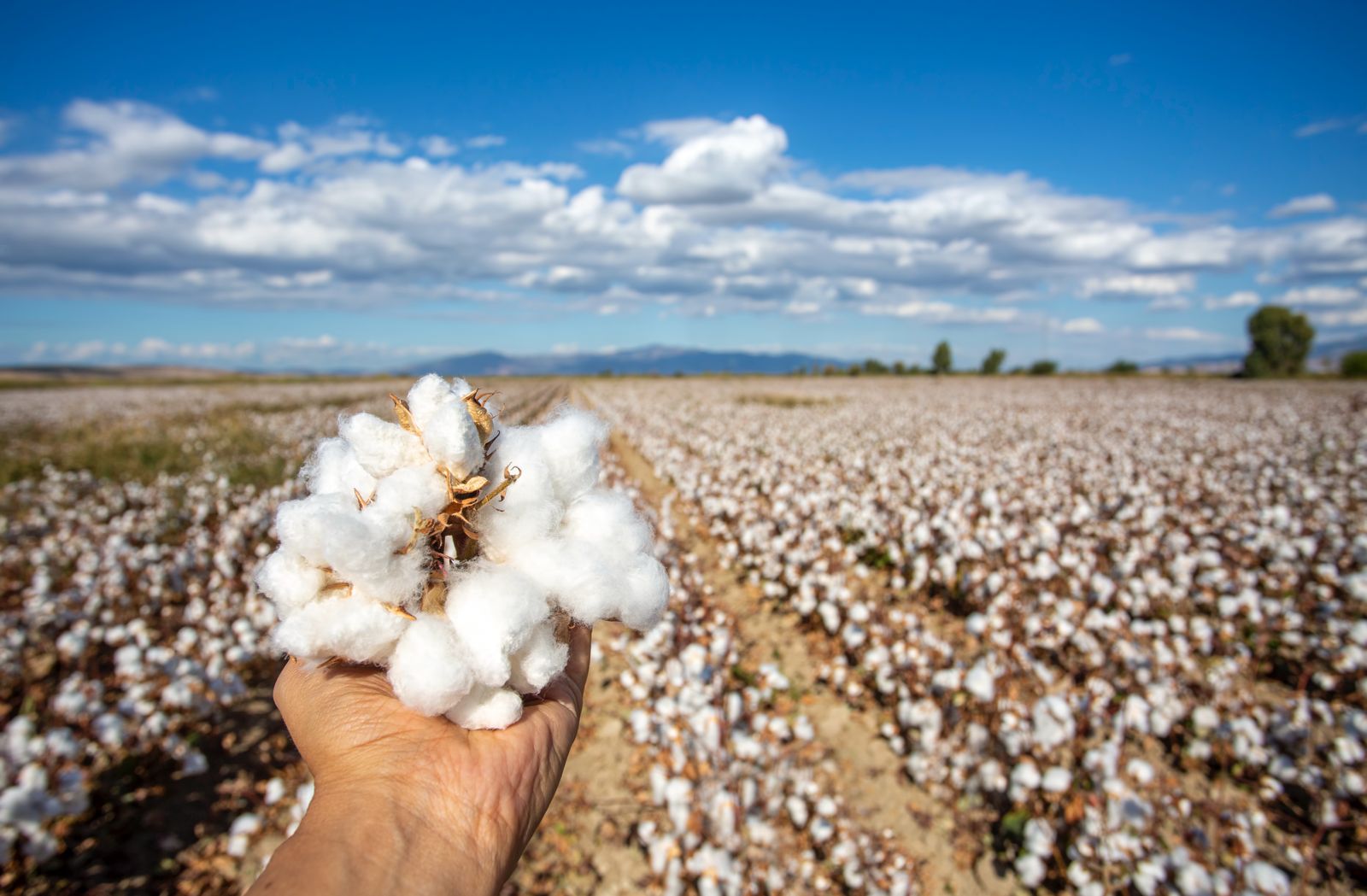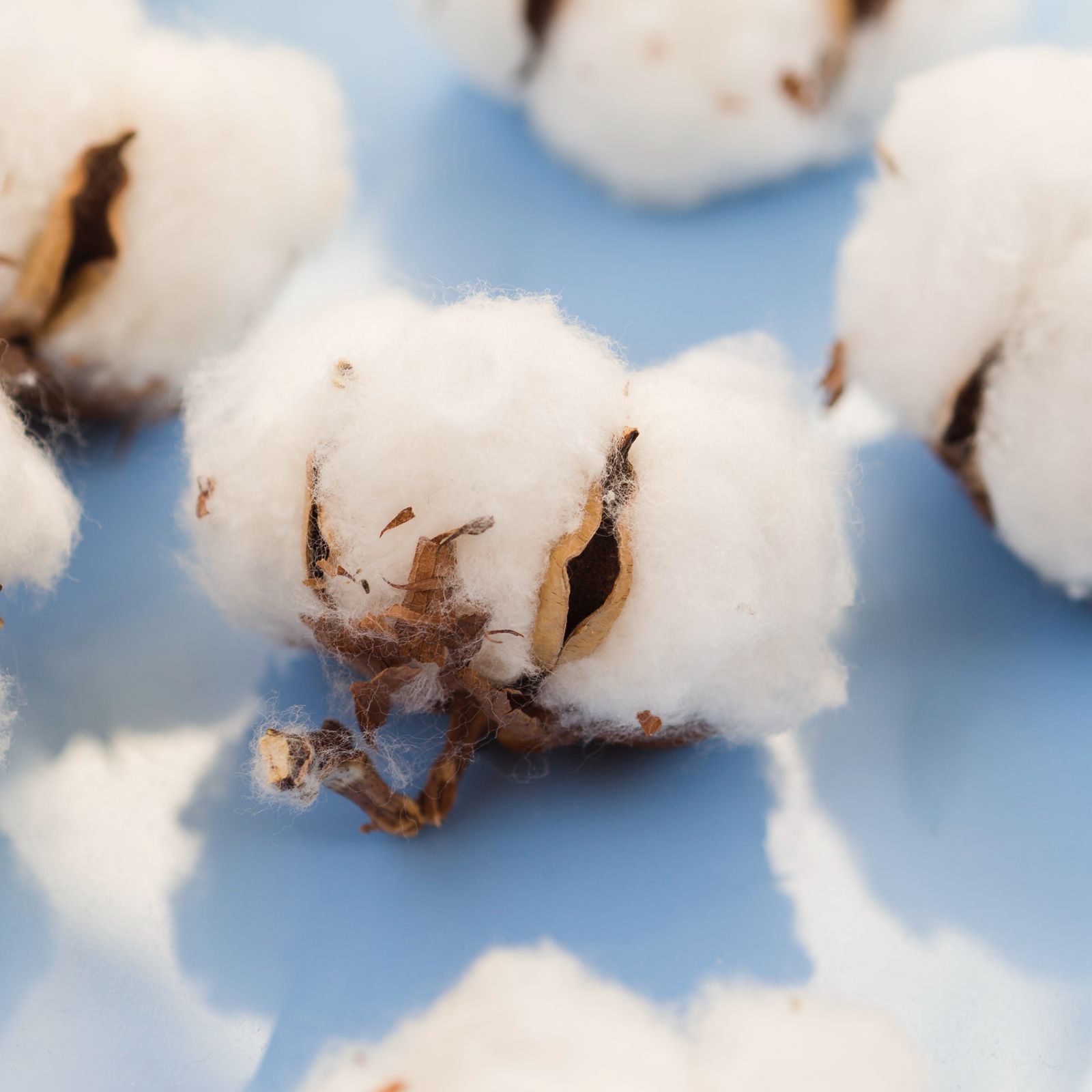NEW DELHI: The premium cotton initiative, Kasturi Cotton Bharat, launched with the aim of establishing a globally recognised national cotton brand, is facing early roadblocks due to inadequate testing and certification infrastructure. Industry experts warn that unless these challenges are swiftly addressed, the significant momentum in long-staple cotton production could be undermined, impacting India’s aspirations to compete with global benchmarks like the US’s Supima and Egypt’s Giza.
Launched on World Cotton Day in October 2022 by the Ministry of Textiles in collaboration with the Cotton Corporation of India (CCI) and the Textile Export Promotion Council (TEXPROCIL), the Kasturi Cotton brand was envisioned as a symbol of quality and national pride. The goal was to shift India’s global image from being a mass producer of short-staple, lower-quality cotton to a source of premium, high-grade fibre.
Over the last two years, the production of long-staple cotton— staple lengths of 29-30 mm with strength and low trash levels—has grown from 45,000 tonnes to 1.10 lakh tonnes. Cotton under the Kasturi brand is projected to command a premium of over 5% in international markets, provided it meets strict quality parameters. However, this growth is at risk due to a bottleneck in certification capacity.
Currently, only four NABL-accredited labs—ATIRA (Ahmedabad), BTRA (Mumbai), NITRA (New Delhi), and SITRA (Coimbatore)—are authorised to test and certify Kasturi Cotton. Given the sharp rise in production and the need for timely certification to access premium global markets, this limited infrastructure is proving to be a serious constraint.
“With increasing production and demand for certification, we need more NABL-accredited labs to ensure faster and wider promotion of the Kasturi Cotton brand,” said Dr Siddhartha Rajagopal, Executive Director, TEXPROCIL. “Several proposals for new labs are in the pipeline and expected to be cleared soon.” The testing process includes assessing cotton samples for moisture, strength, staple length, trash content, and other quality parameters. These results are then geo-tagged to ensure traceability and authenticity. Delays in testing could affect the ability of producers to position their cotton in premium markets on time, potentially leading to financial losses.
The importance of proper harvesting and storage practices also remains critical. “At the very least, farmers can improve their practices by using gloves and hair masks while plucking, and ensure low contamination,” added Rajagopal.
While India is the largest grower of cotton globally, much of its output has traditionally been shorter staple cotton (20–24 mm), often mixed with trash and moisture.
The Kasturi initiative is a strategic push to reverse this trend and ensure that Indian cotton gains the respect and market share it deserves. On World Cotton Day this year, the Union Minister for Textiles reaffirmed the government’s commitment to building Kasturi Cotton into a trusted global brand and urged industry players to help strengthen its foundation.















